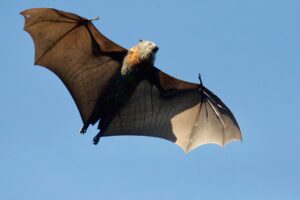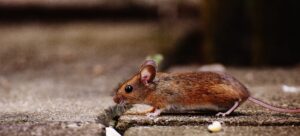Bat Control And Removal In Virginia
Bats are one of the most misunderstood and astonishing species native to the United States. They are the only mammals that achieve true flight, and those varieties found in Virginia subsist on a diet consisting entirely of insects.









